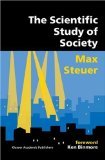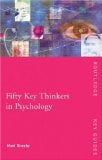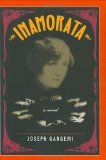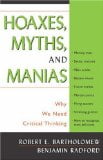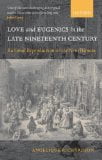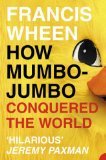 How Mumbo-jumbo Conquered the World: A Short History of Modern Delusions
How Mumbo-jumbo Conquered the World: A Short History of Modern Delusions
by Francis Wheen
Fourth Estate, £16.99, ISBN 0007140967
This is a book full of tales of the irrational. Throughout three hundred-odd pages you feel the weight of far more material and erudition than can possibly be squeezed into one volume.
You won’t forget the image of the Blairs rebirthing within a ‘Mayan’ pyramid while smearing each other with mud to the rhythm of ancient chants. Thinking of Edward de Bono using ‘water logic’ to shave (moving his head instead of the razor) conjures up one bloody mess that should raise a smile.
In amongst the great yarns however is a serious purpose. Wheen believes that the achievements of the Enlightenment have been overthrown by a mess of economic fundamentalists, holy warriors, mystics, and sensationalist historians.
The real and devastating consequences he illustrates in the contrast between America’s presidential elections of 1800 and of 2000. The former was contested by Adams and Jefferson, two major Enlightenment thinkers. In 2000, Al Gore identified Francis Bacon as “the greatest villain who ever lived because he assumed that human intellect could safely analyse the world without reference to … God”. George Bush proclaimed his dependence on Jesus at every possible turn. Wheen quotes Jefferson approvingly “Truth will prevail unless by human interposition disarmed … Errors cease to be dangerous when it is permitted freely to contradict them”. Yet, in 2000, free peoples enthusiastically elect Mumbo Jumbo. Wheen seems unsure whether Jefferson was plain wrong and the attractions of simple nonsense are too great, or if some political and economic form of Jefferson’s “tyranny and kings” is at work in society holding reason at bay. He has made the case that nonsense is a great force in the world and that it has awful consequences. How and why he has left to another book.

